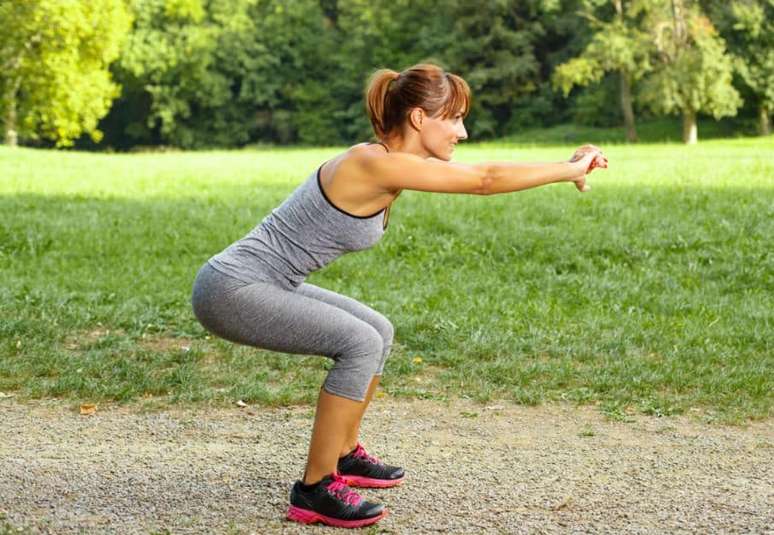Stronger thigh muscles can prevent the progression of osteoarthritis and prevent knee replacement surgery
Summary
Chair extensions, leg presses and squats strengthen the quadriceps muscles, reducing the risk of osteoarthritis and the need for total knee replacement.
Chair extension, leg press and squat. Surely those who frequent a weightlifting gym know that these exercises strengthen the leg muscles. But, more specifically, they help strengthen the quadriceps muscles – and this can be important for preventing and improving osteoarthritis.
“Having stronger quadriceps muscles than your hamstrings (hamstrings) can also reduce your risk of total knee replacement. The two muscle groups act as opposing forces, and the balance between them allows for a wide range of activities while protecting the knee joint. It is necessary to strengthen both muscle groups,” says Marcos Cortelazo, orthopedist specialized in knee and sports traumatology, member of the Brazilian Society of Orthopedics and Traumatology (SBOT).
Advanced knee osteoarthritis is a leading cause of pain and disability worldwide. In Brazil, an estimated 12 million Brazilians suffer from osteoarthritis, the most common of which affects the knee. It is estimated that more than half of those diagnosed will eventually undergo total knee replacement surgery.
“This recommendation is often due to lack of strength in the thigh muscles,” says the doctor. “The extensors, the muscles of the front of the thigh commonly called quadriceps, are the strongest muscle group in the body and have an essential influence on gait, other activities and biomechanics. The muscles around the back of the thigh, known as the hamstrings, are responsible for hip extension and knee flexion, making them equally essential for physical activity.”
In 2023, researchers assessed thigh muscle volume in 134 study participants Osteoarthritis Initiativean American study sponsored by the National Institutes of Health. They compared 67 patients who underwent single-knee total knee replacement with 67 control participants who had not undergone knee replacement.
“When comparing total knee replacement patients to the control group, a higher quadriceps to hamstring volume ratio was significantly associated with lower odds of total knee replacement. The study shows that, in addition to individually strong muscles, larger extensor muscle groups – compared to hamstring muscle groups – are significantly associated with a lower chance of total knee replacement surgery in two to four years,” says the doctor.
The findings have implications for both image interpretation and clinical management. The findings suggest that training programs that strengthen the quadriceps over the hamstrings may be beneficial.
“Although we assume that overall muscle volume is important as a surrogate indicator of muscle strength, the ratio, and therefore balance, between the extensor and hamstring muscles may be more important and significantly associated with lower odds of total knee replacement . In this case we should focus more on the quadriceps muscles,” he adds.
The study focused on people with arthritis, but the findings could also help guide strength training for a larger segment of the population.
“Although these findings are essential for targeted therapy in a population at risk for osteoarthritis, the general public can also benefit from these findings to preventively incorporate adequate strengthening exercises, preventing knee osteoarthritis,” concludes Marcos.
inspires transformation in the world of work, in business, in society. Compasso, a content and connection agency, is born.
Source: Terra
Ben Stock is a lifestyle journalist and author at Gossipify. He writes about topics such as health, wellness, travel, food and home decor. He provides practical advice and inspiration to improve well-being, keeps readers up to date with latest lifestyle news and trends, known for his engaging writing style, in-depth analysis and unique perspectives.








